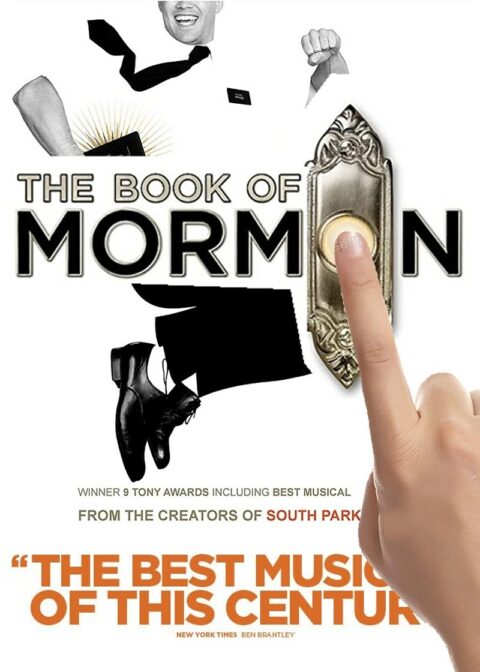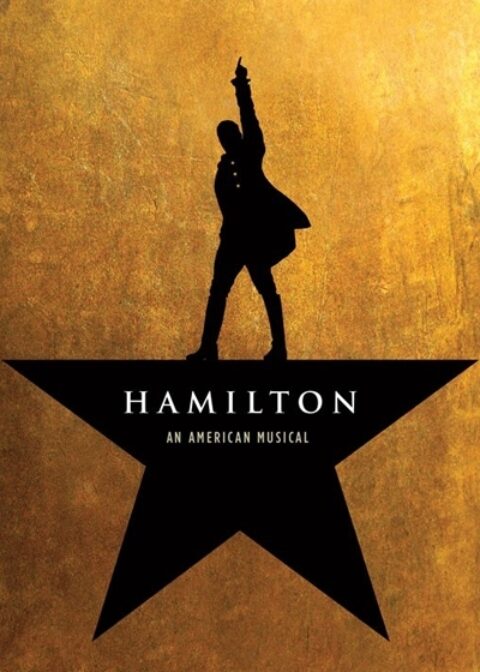Analysis of Broadway Ticket Buyers who Purchase Tickets above $150 Compared to Those Who Paid Below $150 and How Their Spending Habits Differ
Breaking Down the $150 Broadway Ticket Price Barrier - How Different are the Buyers?
07/01/2020
Written by Brian Mahoney, Vice President of Ticket Sales at The Shubert Organization
In 2020, the holy grail for Broadway shows are the tickets priced higher than $150 and those who buy them. At the same time many buyers pay less and at regular prices. What do we know about each group? Unlike the breakdown above and below 60, we found stark differences in the demographics of the ticket buyer groups above and below $150.
The Breakdown of the $150+ Broadway Ticket Buyer
Probably, not surprisingly, the key take-a-way here is that the percentage of $150+ ticket buyers has increased dramatically in the past 5 years – presumably a function of inventory and the availability of Premium ticket prices for most shows. Also not surprisingly, the percentage of $150+ ticket buyers is greater in out-of-town buyers (49% of total purchases in 2019) than in NYC buyers (35% of total purchases in 2019). Do out of town buyers have access to complete pricing information? Price scales are often not presented in detail; customers have to ask or mouse over seats to see different prices.
Some Tickets are Not Sensitive to Price
It is worth noting that even though the price point for this analysis was $150 (or more), the actual average ticket price of these buyers was $200 over the past five years. This does not mean that all buyers are price insensitive, just those willing to pay for the best seats, and probably only just for those shows with the demand to command higher average prices. People tend to buy premium seats when there are fewer regular price options for orchestra seats available.
Sample Size of Analysis
How many people were involved in this analysis? In each of the last five years between 200,000 and 400,000 purchasers bought a ticket where the price was above $150: accounting for multiple purchases, the net number of people over five years was 1.1M. For comparison, the file contains 2.8M names (we don’t save inactive names forever and people do move or otherwise leave their address). Over five years those 1.1M people bought 4.9M tickets.
Looking at the most recent calendar year (2019), out of 850,000 people who made purchases on Telecharge for a Broadway show, 55% (463,000) never made a purchase for a ticket priced over $150. There was a healthy 38% (323,000) who only purchased a ticket priced at $150 or more (63% of them were from out of town). The rest of the buyers, 7% (61,000), were multi-buyers who purchased both higher priced tickets and lower price ones. It seems there are people who when they have to or want to, will pay higher prices, but in other situations, they choose to pay lower prices. The majority of sales are at regular price so discounts are not always the answer.
Income Level Indicates Buying Pattern
Not surprisingly those who bought tickets priced at $150 or more over index at incomes greater than $200,000. Those who did not purchase a ticket priced that high under indexed for incomes over $200,000. If we want people buying tickets who make less than $200,000, we need tickets priced for them.
Those who did not buy a ticket over $150 under indexed for ages 55 and above ,and over indexed under 55. In simpler terms, the more price sensitive buyers were 55 and under.
Those who did buy a ticket over $150 over indexed over 55 and under indexed below 55. Stated another way, older buyers bought high price tickets at above average percentages while younger buyers bought high price tickets at below average percentages.
Women over indexed for those who did not buy tickets priced over $150 while men under indexed. Men over indexed for those who bought tickets over $150 while women (a larger percentage) under indexed. Men, it seems, were more willing to spring for higher price tickets than women.
One further interesting factoid: those who purchased tickets both above and below $150 are guaranteed multi-buyers. They would have had to have made at least 2 purchases to fall in that group. Those who paid more or paid less might contain some multi-buyers since they could have made 2 or more purchases within their group, but the majority are not.
Other Interesting Broadway Demographic Notes:
Not surprisingly, those who did not buy any $150 tickets were younger, had much lower incomes, a lower level of education and jobs in Sales, Office Administration, and Blue Collar jobs.
The purchasers who paid more than $150 tended to have higher paid Management and Technical jobs.
Purchasers in the middle, those who had purchases for tickets priced more than $150 and for less, saw more retired people, the assumption being retirees had more time to see shows. Remember this group is guaranteed multi-buyers.
There were interesting differences in Household composition: singles were predominant in purchasers who only paid less than $150, while traditional married people were a large part of those who only purchased tickets priced at more than $150. Purchasers who paid both above and below $150 favored non-traditional married or roommate households.
Broadway can draw audiences of different ages, incomes and demographics. There are prices for everyone, although not necessarily for every show. Not all ticket buyers are ready or willing to pay the highest prices. At the same time, pricing isn’t like the Field of Dreams, if you have the price they will come. The challenge is not just having the right price for a customer, but showing the prices in a manner where people can easily find them, and communicating the availability. Do retail stores just list ranges and make you hunt for prices within the range?
Footnote From Brian Mahoney
This is my last blog entry. I retired June 30, 2020. I hear there is more to life than working. Dirty Harry said in one of the movies “a man’s got to know his limitations.” Frank Langella’s character in The American’s, Gabriel, when asked why he was retiring, said “it adds up, some of it is okay, some of it isn’t. But it adds up. It’s time.” For anyone who needs or wants to reach me, my long time assistant, Cybele Canabal, is still working and she knows how to contact me.


